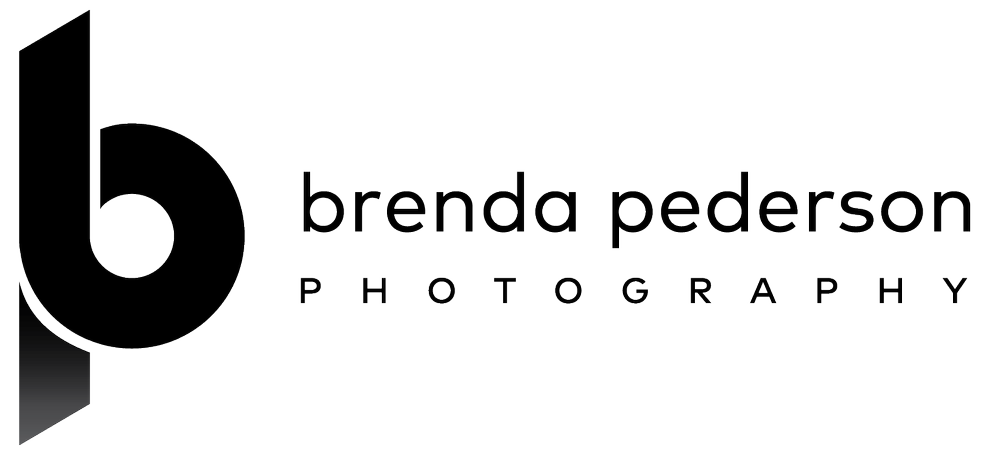You may have heard of the Broken Windows Theory. It basically states buildings that are perceived to be abandoned or are empty for long periods of time are more likely to be vandalized – windows broken, walls tagged, the space broken into – than buildings that are occupied. And, once one building on a street or in a neighborhood has been affected other surrounding properties – even those that are occupied – are more likely to also be vandalized. Property owners, neighborhood associations, and city governments employ a variety of tactics to reduce the probability of damage due to these situations.
With so many businesses closed or only open very limited, by-appointment hours, neighborhoods, associations, and individual businesses across the country have boarded up windows to prevent damage. But, in many areas, they’ve taken it a step farther and have employed artists to paint murals to hide the forlorn appearance of the plywood coverings. The murals serve several purposes: they bring life and color to the neighborhoods; they employ artists who may be looking for work during this time; they reduce the amount of tagging that could occur; and many convey encouraging messages. In most areas, there is an unwritten rule that taggers won’t tag over street art – it doesn’t always hold but more often than not, murals and street art will remain untagged for a long time.
This story (and the Part 2 that will follow) document this odd and crazy time in Seattle’s history. I ventured out to capture some of the artwork over a period of several days. This Six Photo Story covers four neighborhoods: Georgetown, the International District (ID), Capitol Hill and Ballard. There will be a second story covering other areas. Each neighborhood has its own character, which is reflected in the art. In some cases, muralists and businesses were paired based on styles or interests. Some murals are simply for the eye, others send a specific message. Most I came across lifted the spirits in one way or another.
While my goal was to document as many as possible, there are so many I couldn’t photograph them all. Georgetown did not have too many when I visited so I believe I caught the majority – at least in the central area of the district. I only found two businesses in the ID but assume I missed others. Capitol Hill had lots of clusters and I captured many of them, but others were being created the morning I walked the neighborhood. Ballard was in the same state – there were many completed pieces but at least a few were still in process.
Since this is a Six Photo Story you’ll only see six - I cheated, there are seven! - images here. There are over 70 images in the COVID Diaries: Murals Part 1 gallery on this website. And there will be many more in the Part 2 gallery when I upload those images. I hope you’ll take a look - the creativity and artistry of the murals is outstanding.







